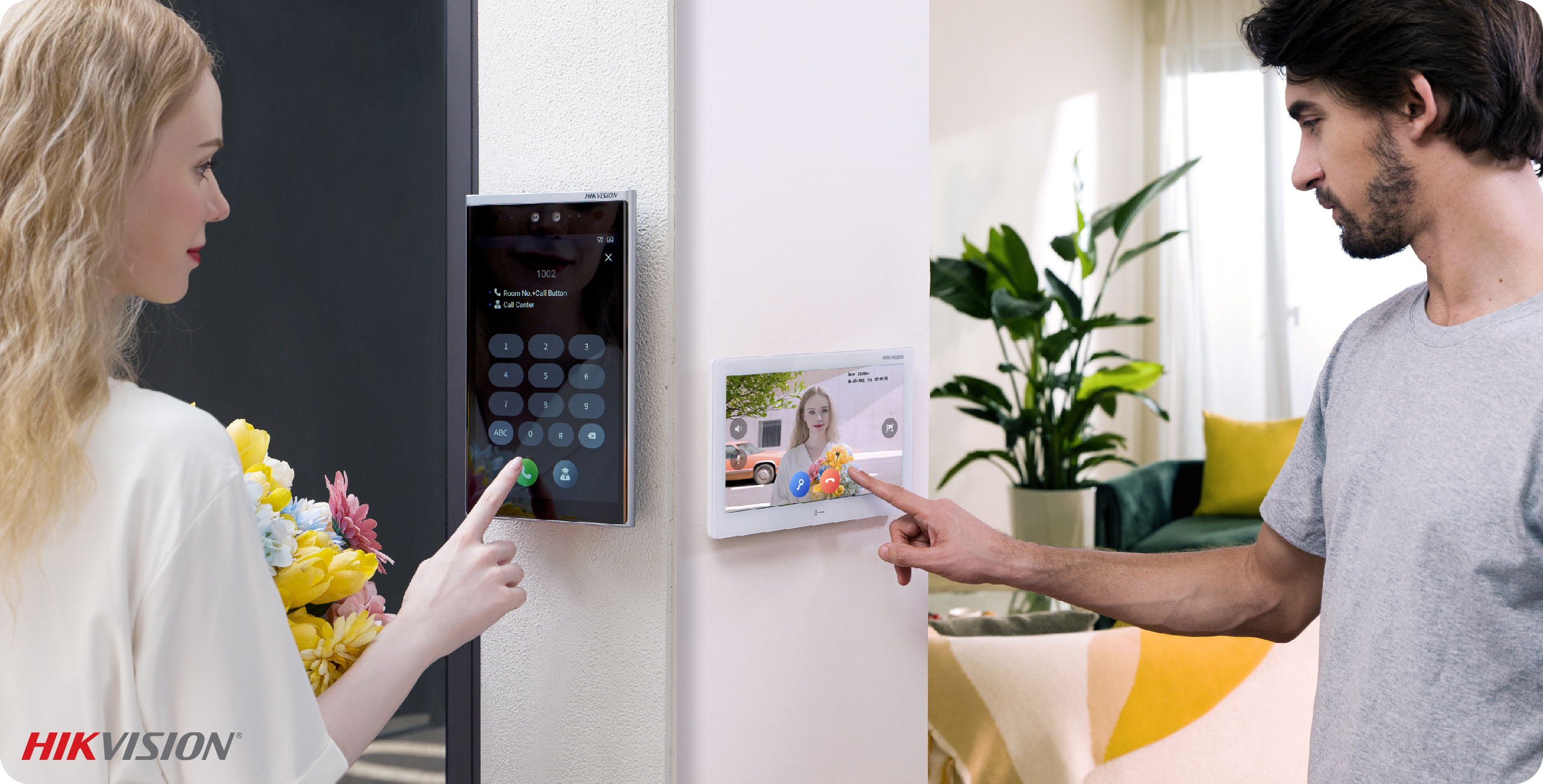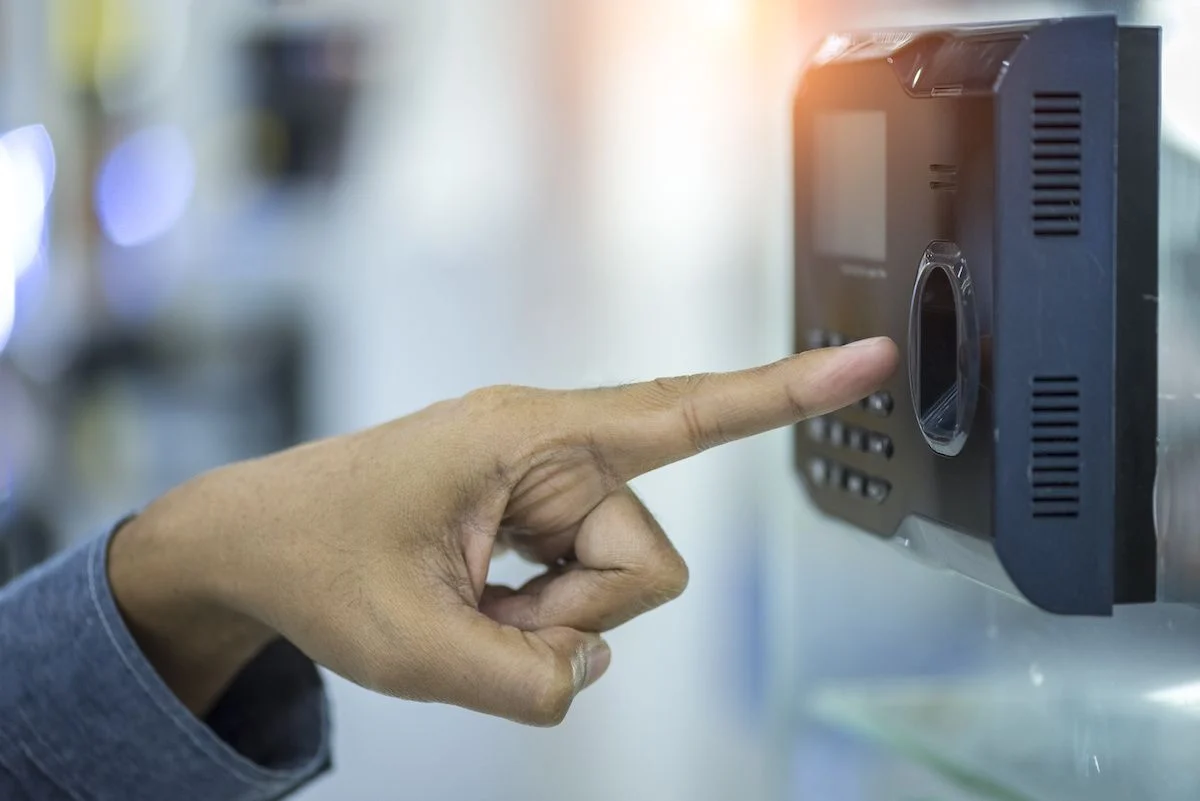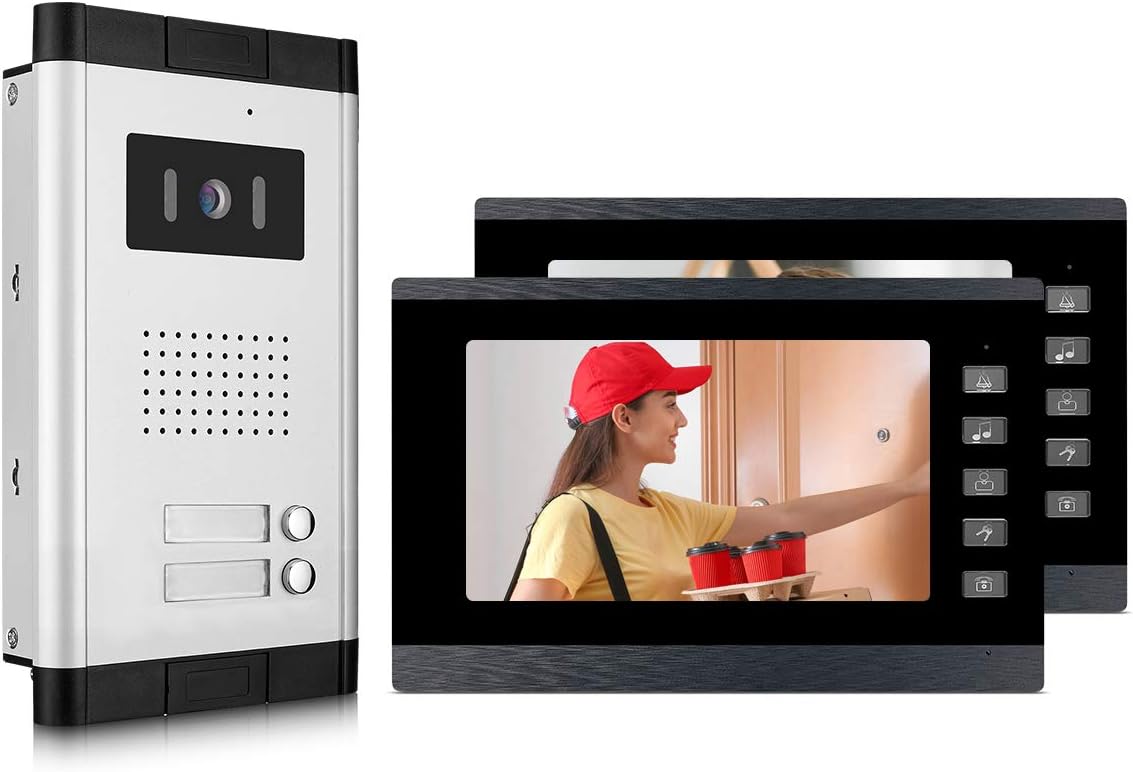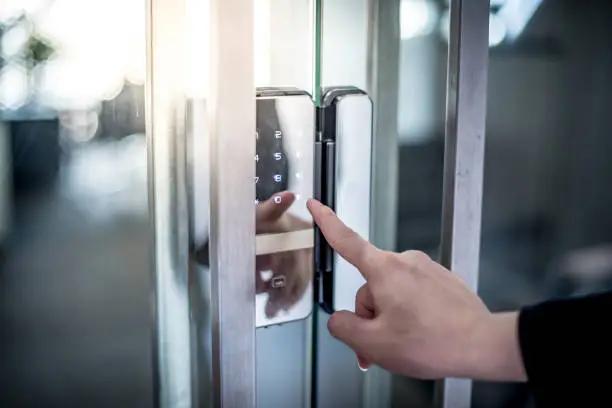Intercom solutions, or intercom systems, are communication systems that enable voice or video communication between different parts of a building, facility, or even between remote locations. They serve various purposes, including security, convenience, and operational efficiency. Intercom systems can be simple two-way audio communication devices or more sophisticated video and voice communication systems. Here are the key components and features of intercom solutions:
Components of Intercom Solutions:
- Intercom Stations:
- Intercom stations are the devices used for communication. They can be wall-mounted, desktop, or even integrated into smartphones and mobile devices.
- Stations often feature microphones, speakers, and call buttons.
- Video intercom stations include cameras and displays for visual communication.
- Intercom Wiring or Network Infrastructure:
- Intercoms can be wired or wireless, and the choice of infrastructure depends on the system’s design and complexity.
- Wired intercoms use cables to connect stations, while wireless intercoms rely on radio signals or Wi-Fi.
- Control Unit or Central Processor:
- More complex intercom systems, especially those in larger facilities, may have a central control unit that manages communication and access.
- The control unit can integrate with other security and communication systems.
- Access Control Integration:
- Many intercom systems are integrated with access control systems, allowing users to grant or deny access to individuals seeking entry to a secure area.
- Video Cameras and Displays:
- Video intercom systems feature cameras at the entrance and displays at the receiving end, allowing visual verification of visitors.
- Access Cards or Key Codes:
- Some intercoms require users to input access codes or use access cards or key fobs to gain entry.
Features of Intercom Solutions:
- Two-Way Communication: Intercoms provide real-time voice or video communication between different points within a building or between remote locations.
- Access Control: Integrated intercom systems can control access to secure areas by allowing or denying entry to visitors.
- Visitor Verification: Video intercoms allow residents or security personnel to visually confirm the identity of visitors before granting access.
- Convenience: Intercoms enhance convenience by facilitating communication within the building or property without the need for physical presence.
- Security: They play a key role in enhancing security by monitoring and controlling access and providing communication in emergency situations.
- Remote Access: Many modern intercom systems offer remote access, allowing users to communicate with visitors or personnel from anywhere via mobile apps or web interfaces.
- Scalability: Intercom solutions can be scaled to fit the size and needs of a property, from a single-family home to large office complexes.
- Integration: Intercom systems can be integrated with other security and communication systems, such as CCTV, alarm systems, and access control systems.
- Versatility: Intercom solutions are used in various settings, including residential buildings, commercial offices, educational institutions, healthcare facilities, and industrial sites.
Intercom solutions enhance security, convenience, and communication in a variety of settings. Whether used for screening visitors at a front entrance, facilitating communication between different parts of a building, or controlling access to secure areas, intercom systems are a valuable addition to modern security and communication infrastructures.








